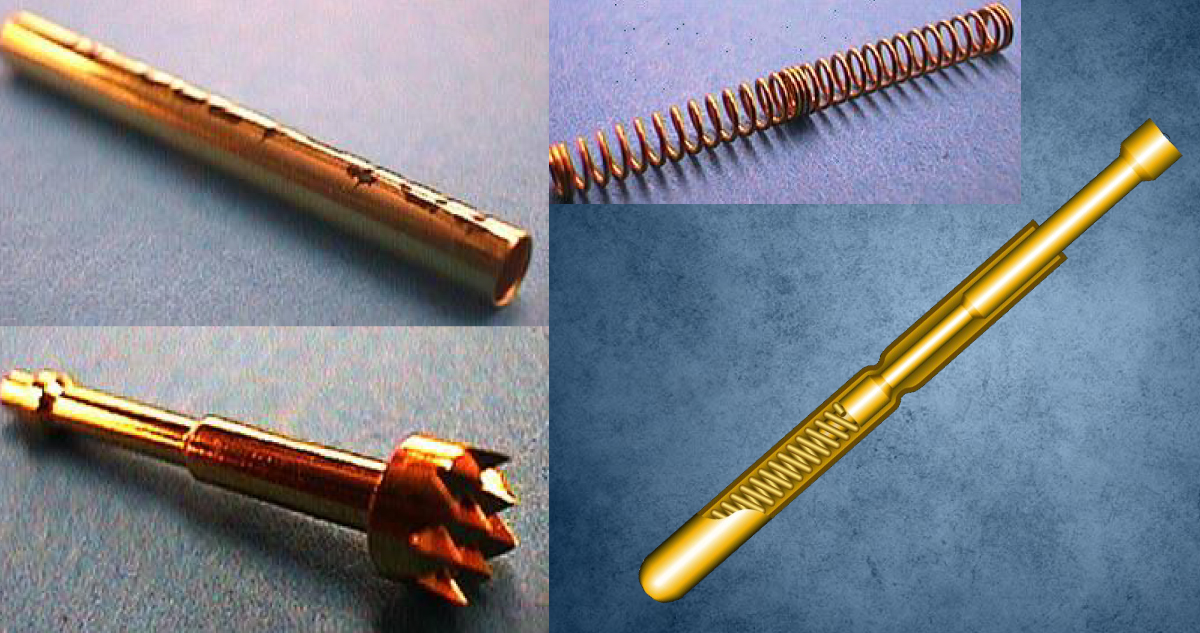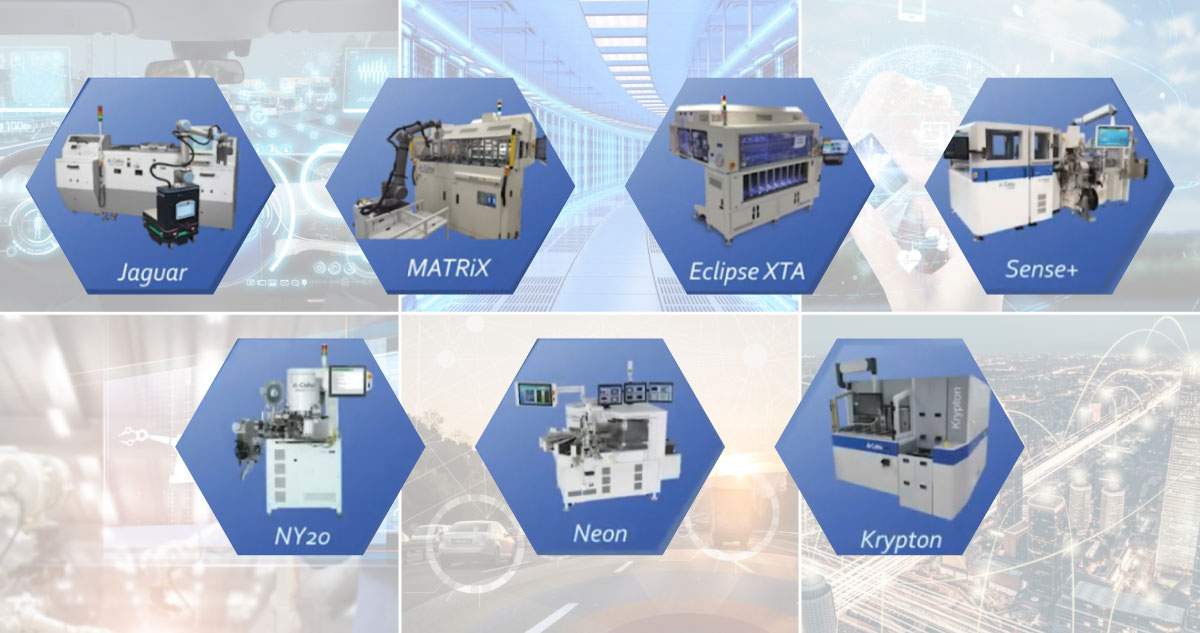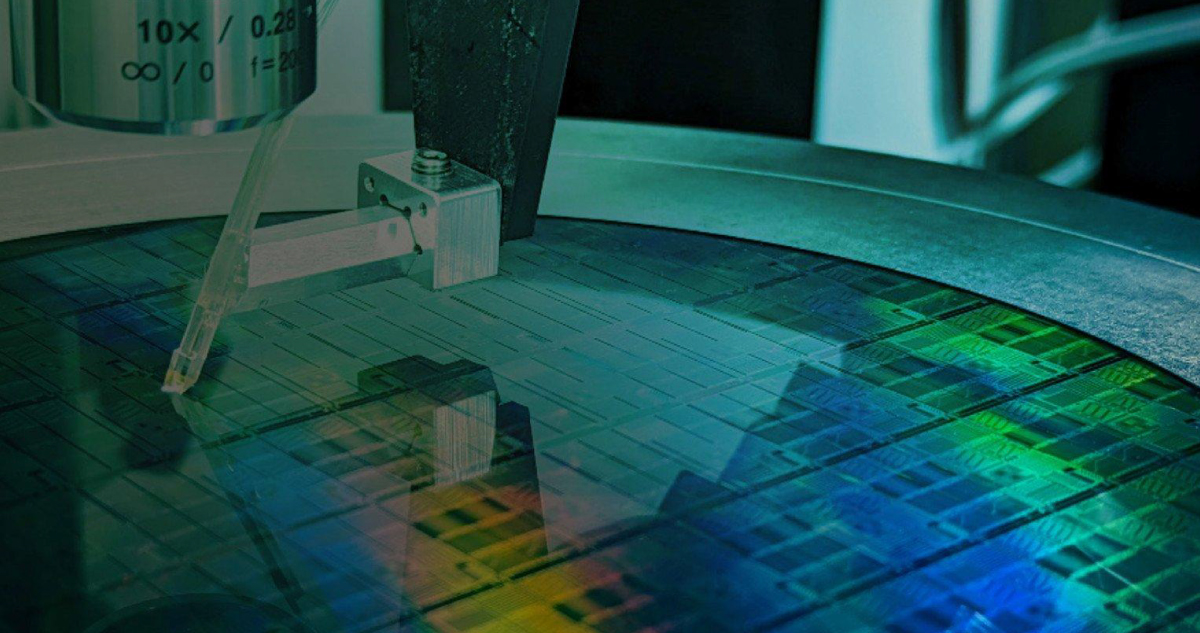Electrical and electronic circuits are incomplete without connectors. They perform the important task of connecting 2 or more parts with proper charge flow. Since they involve charge flow, they need to be built with materials of the highest grade. Probes and contactors are used to test continuity between various points in the circuits.
Probes are categorised based on three criteria. The first is based on voltage, where probes are of two types – high voltage probes meant to establish contact in electrical circuits, and low voltage probes for the electronic circuits. Second, probes can also be either of active type using parts which need power such as transistors, or of passive type which do not need power. Passive probes are most commonly used due to their lower cost. And third, probes are also classified into contact probes which make contact with the components, and non-contact probes which scan using lasers and machine vision for testing. Usually, contact probes are more accurate.
Contact Probes
For medical, military, and electronic circuits, contact (also known as spring contact or spring) probes are used.
Setup
Each Spring Contact probe comprises 3 parts – a plunger, a barrel and a spring. The spring is housed inside the barrel while the plunger (or tip) is used to check the electrode for electrical connectivity. They test substrates such as semiconductors, LCD panels, connectors, capacitors, sensors and battery charging/discharging. Usually used in pairs with receptacles for easy replacement and wiring, the receptacle is filled in the drilled hole in the resin before inserting the contact probe for inspection. Replacement of contact probes is easy simply by removing the existing probe and inserting the new probe.
Advantages
Spring Contacts possess high reliability of 100000 cycles, high axial, shock and vibration tolerance, high water and dust resistance, and can be connected in various ways such as straight, angled, wiping and rotating. They can absorb more misalignment than other types of contacts.
Applications


Being ITAR compliant, Spring Contact probes find use in many critical Military and Aerospace applications such as tactical PDA/Computer, radios, radar, space and unmanned vehicles, as also night vision goggles and artillery. They are also useful in medical applications such as cochlear implants, video capsule pills, portable organ preservation systems, disposable surgical devices, portable onsite defibrillators, surgical needles, and dental tool interconnects. Shock resistance, Brake System sensing, Battery Connector are some of the Safety applications. Other commonly used applications are Location Sensing, Barcode Scanner, Anti-tamper Device, Digital Scanner, Magnetic Connector and even Right Angle Mount as in pistols.
Manufacture
Each part of a Spring Contact probe is made of speciality material – Plungers and barrels are made of Beryllium Copper, Nickel Silver, Brass and Tool Steels. The spring is made from Music Wire, BeCu and Stainless Steel. Plating is made of Gold over Electroless Nickel and Proprietary Duralloy – Endura. Housings are made up of FR4, Machined Plastics, Moulded Plastics, and Metals.
Testing and Analysis
Stringent tests are required before dispatching the Spring Contact probes for use to ensure reliability. Life cycle tests to ensure durability of the probe, Spring Force Test for appropriate pressure at the time of contact are some of the common tests. X-Ray Testing for Mechanical Shock and Vibration, Salt Spray and Corrosion, Sand and Dust tolerance, Fungus, and Fluorescence Plating Thickness must be done.
The connectivity must be analysed for failure and networking.
MELSS brings you a wide range of best-in-class contact probes from the largest spring contact probe manufacturer in the world – IDI. These contact probes outperform similar other contact probes due to the manufacture in Class 10,000 Clean Room, testing in an extensive Test Laboratory, and in-house Plating.





